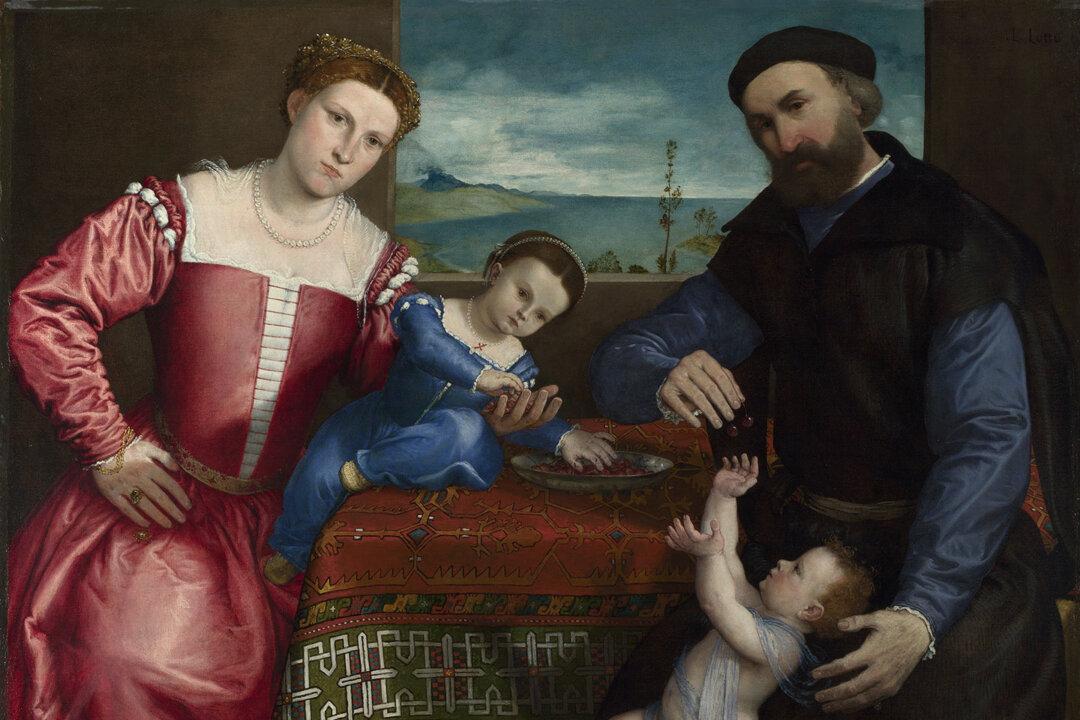Eastern carpets and European paintings have an interwoven history. During the Renaissance, imported carpets, particularly from the Turkish region of Anatolia, were featured in devotional paintings and portraits. These exotic and expensive textiles served to emphasize a person’s wealth, worldliness, and status. They also added color and pattern to a composition.
The head of Christie’s Oriental Rugs & Carpets department, Louise Broadhurst, notes that there are over 400 portrayals of Anatolian carpets in Renaissance paintings, and that these artworks are important historical records as few physical carpets from the period have survived. Some artists favored specific styles of carpet, and many are still named after these painters. Examples include carpets termed “Holbein,” “Ghirlandaio,” “Bellini,” and “Lotto.”





